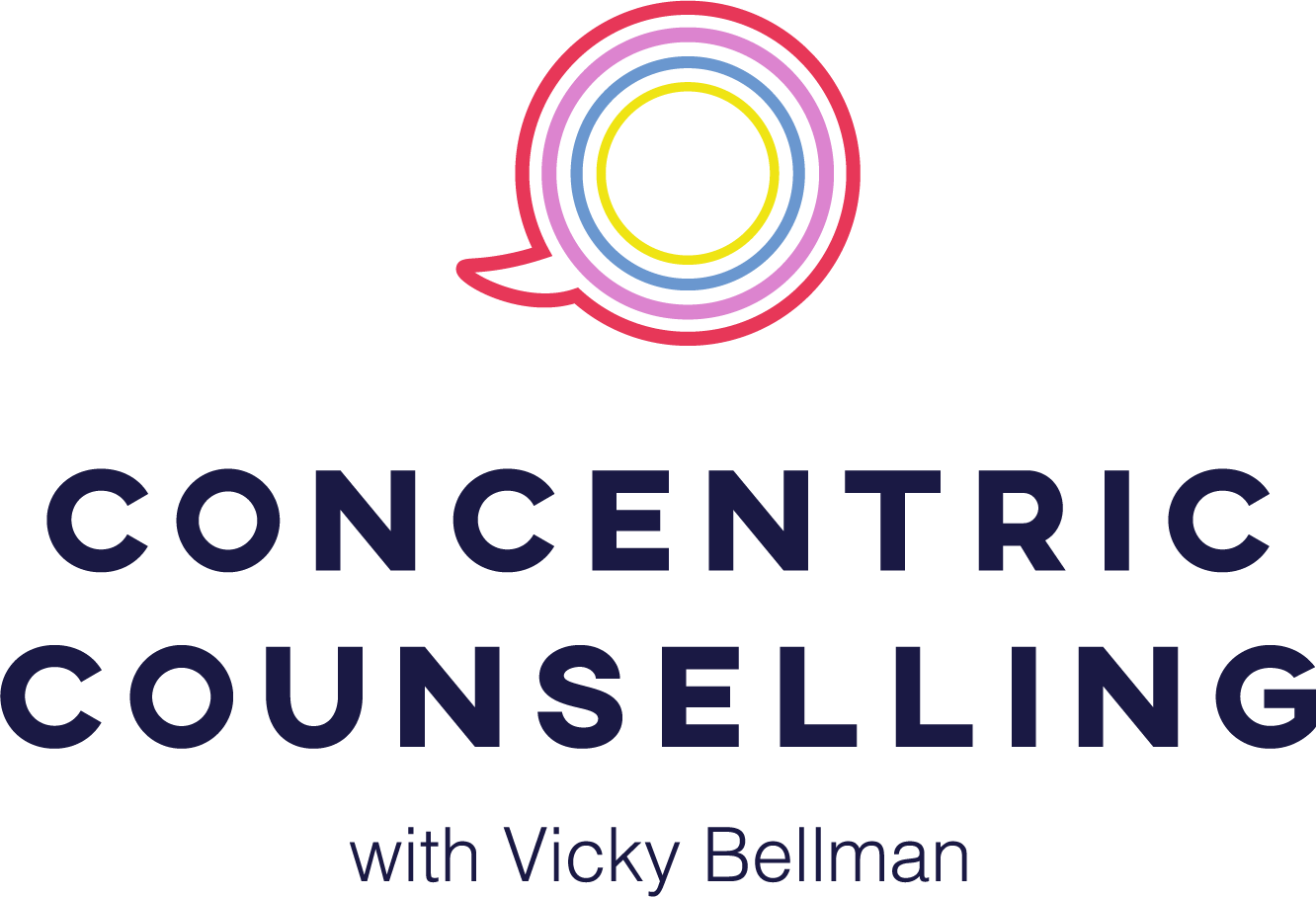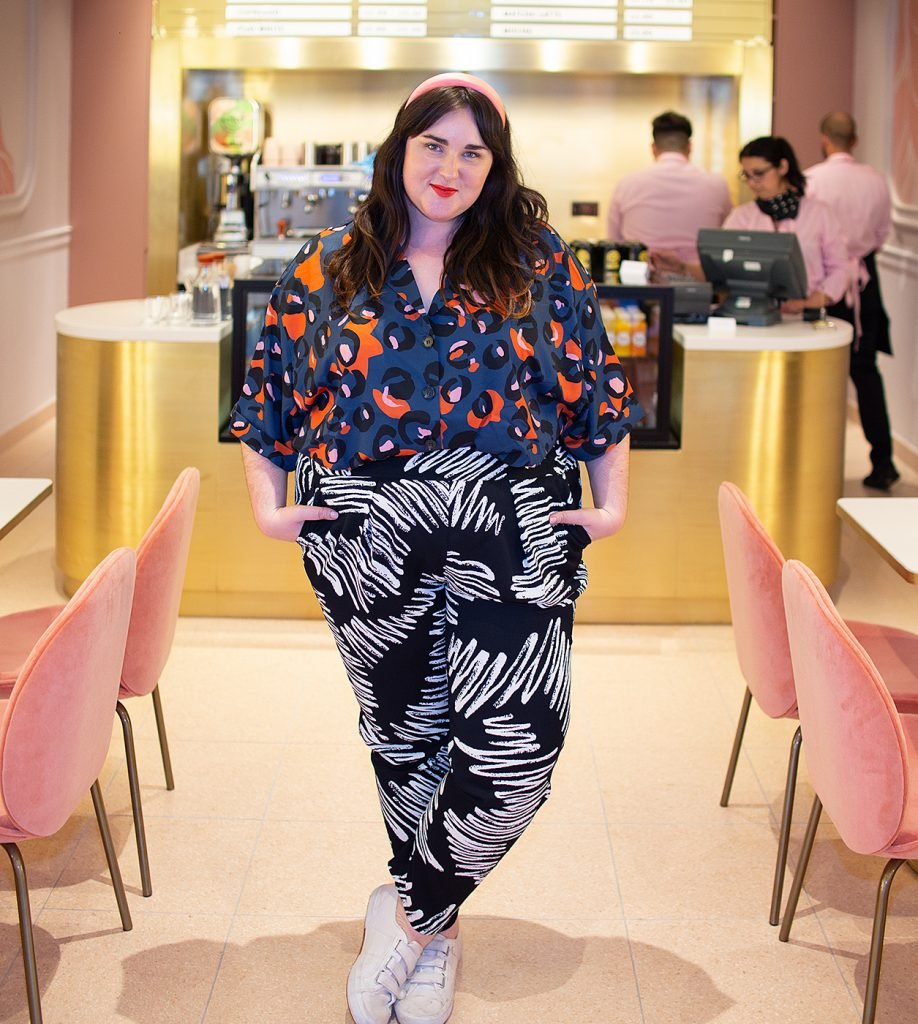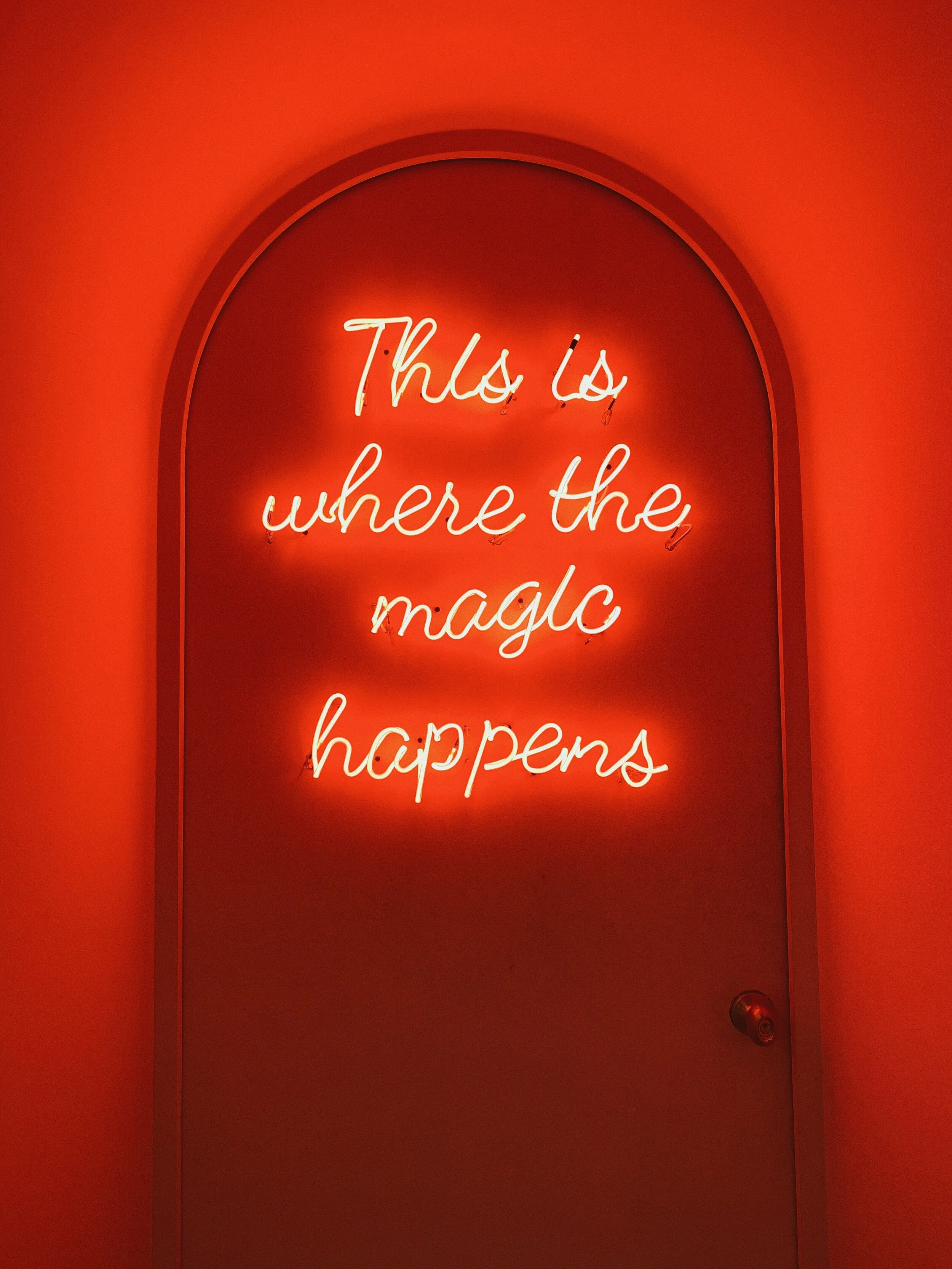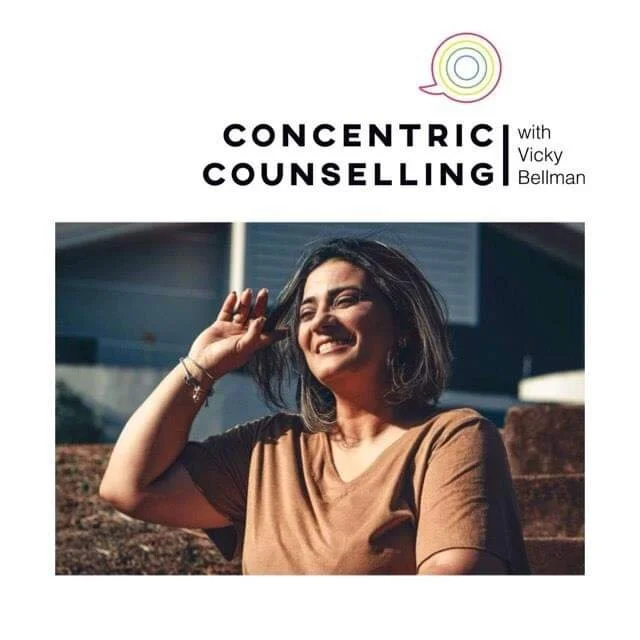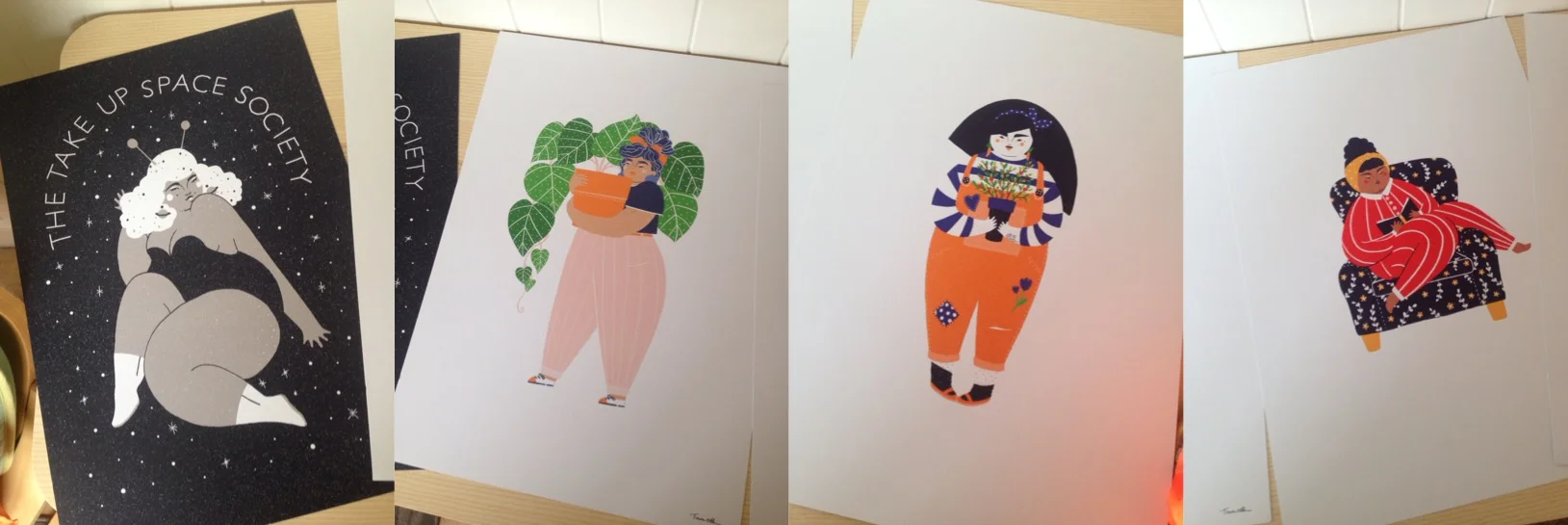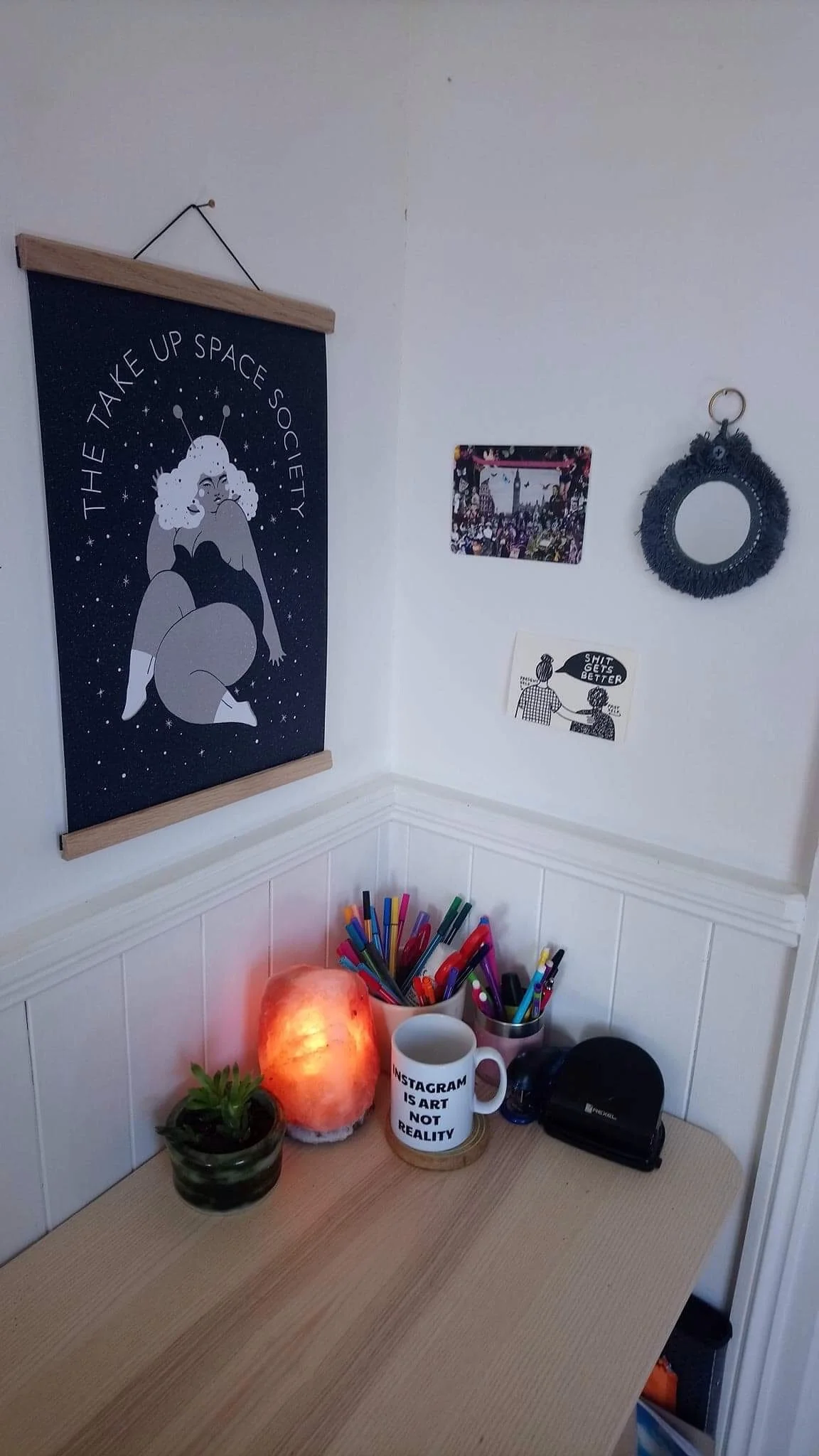Holding space for bigger bodies in our practice rooms - reflections on inclusive practice for helping professionals
It’s happened three times in the last three weeks. I’ve attended a work do or seen the marketing for an upcoming event, focused on non diet approaches to disordered eating and eating disorders, and weight stigma awareness. Every time I get excited - keen to make networks with other non diet professionals - creating healing spaces for those in recovery.
But as I look around, I notice… I’m the only person of size. Now, that’s ok - I’m ok. My reason for noticing is because I’m thinking, ‘I can’t be the only fat therapist. Are fat therapists feeling welcome at these events?'. Are we, as a community focused on radical body acceptance, welcoming people in bigger bodies?
I've been hopeful this week to see so much focus on atypical eating disorders; that is, eating disorder symptoms that aren't accompanied by chronically low weight. Often, people in bigger bodies are excluded from eating disorder conversations, and it's such a good thing to see so much inclusive discourse on this subject.
But here’s the problem, and it's the same issue I have found when I've come home from events looking for new colleagues to follow… almost every account featured only slim people (usually slim, conventionally attractive, able bodied, white women). Even those who focused on Intuitive Eating and Health At Every Size as their model; I would scroll back, far and further and back to the beginning, and not find a single representation of a person of size.
And now I'm thinking... Are we, as a community, really welcoming people in bigger bodies in our practice room? We might ‘talk the talk’ but where do they see themselves represented?
For Eating Disorder Awareness Week, with the themes 'come as you are' (US theme) and 'breaking down barriers' (UK theme), it's an opportunity for professionals to reflect on our practice, and ensure that they are really 'walking the walk'.
WHERE ARE THE BIGGER BODIES REPRESENTED IN OUR THERAPY ROOMS?
It's rare, in our media, to see positive representations of diverse bodies. It's rare to see art celebrating bigger bodies, and of diversity in general. Mostly, we see ‘headless fatties’; similarly, it can be difficult to find positive images of other marginalised groups. But research shows again and again how powerful positive representation can be our wellbeing and emotional health. So, consider your practice… Does the art on your walls represent diverse bodies; people of size, people of colour, diverse representations of gender? Do the magazines in your waiting room celebrate diversity? How about a copy of Fatventure on your waiting room table?
Take a look at this beautiful artwork by Tara O Brien, that I have in my practice room. Beautiful images, inclusive and positive - I hope it’s a real opportunity to connect with people looking for themselves in my room. Other wonderful artists representing diverse folk are Art Brat Comics and People I’ve Loved.
Similarly, in the books you might have in your therapy room, or refer to in your practice, it's worth taking a critical look and checking that your resources are also by people with lived experiences of disordered eating and eating disorders in bigger bodies, and also affirmative experiences of radical body positivity.
Artwork by Tara O Brien
HAVE YOU CONSIDERED BIGGER BODIES IN YOUR PRACTICE ROOM?
Have you considered bigger bodies in your furniture choices (eg wide seats not limited by rigid arms, rather than fixed arm chairs, or the dreaded tub chair)? When you make your furniture choices, are they inclusive and comfortable for bigger bodies as well as straight size bodies?
WHERE ARE THE BIGGER BODIES REPRESENTED ON OUR SOCIAL MEDIA?
I get it, it’s hard to find good quality diverse stock photos for social media and blog posts, have you looked? Take heart, there are some people out there really trying to make a difference - for example, Representation Matters. If you have any other suggestions, please let me know!
What about the people you quote? The professionals you repost? Part of our responsibility as practitioners is to amplify the voices of marginalised folks, and colleagues of size. Again, for our clients, it shows that we value the insight and opinion of people with lived experience of being in a bigger body.
Mental health provision is not only for slim, white, able bodied folks, but it can often feel like it in the media. It’s up to us, as responsible professionals, to ensure that we are providing an antidote to this - that all people can see representations of all people.
“Wherever possible, create a circle where people can safely share deep experiences and diverse viewpoints. There are many circle formats, but their one central concept is to demonstrate reverence for the truth of another person’s experience”
DO YOU USE INCLUSIVE, NON STIGMATISING LANGUAGE?
I still see it on websites of therapists and wellness professionals, even those who work with eating disorders - o*esity. So just a quick reminder that weight is not a presenting issue. Weight can be a symptom in eating disorders, but it is not a problem in itself. And, if professionals continue to focus on weight as a metric of health, the potential to miss disordered eating symptoms in people with bigger bodies is only increased. As Blythe Baird says, so succinctly:
“If you develop an eating disorder when you are thin to begin with, you go to the hospital. If you develop an eating disorder when you are not thin to begin with, you are a success story.”
Particularly when diet culture and the weight loss industry is co-opting body positivity and Intuitive Eating, it can be increasingly hard for folks to differentiate a truly positive and affirmative voice from an exploitative one, we must ensure that our language continues to be inclusive, affirmative and non-shaming.
WHERE ARE THE BIGGER BODIES AT THE PROFESSIONAL EVENTS YOU ATTEND?
If we are going to have diverse paths to healing and recovery, we need to have the contributions of diverse voices. When we know that people of all sizes experience eating disorders, we need the insights of people of all sizes. When you participate in an event, ask the organisers how they promote an inclusive focus in their marketing. Is it profiting diverse folk? If you are approached to speak at an event, ask for a list of the other speakers and, again, challenge the organisers if the panel is not suitably representative of diverse experiences.
When we know that people in bigger bodies are routinely discriminated against, and not hired, in the workplace, advocating for colleagues of size is a powerful way to promote diversity and real change.
WHY IS THIS SO IMPORTANT
This is the social justice angle of Health At Every Size, and it’s a powerful one. This isn’t just about body positivity, although of course that’s important. It’s also about body politics, except it isn’t just about this either. It’s about inclusion, in all its forms - the right of all people to see themselves represented,for all people to have access to healing spaces and recovery. Representation of marginalised groups benefits every single one of us, and inclusion is for all.
Artwork by Tara O Brien, Kit Forrest Studios and People I’ve Loved. Mug by Coco Rose Apparel.
If you are a fellow progressive therapist, you might be interested in A Modern Practice, a free community space for therapists, counsellors, coaches and healing/helping professionals to meet, build relationships, develop our work and ground ourselves in collective empowerment. You can read more here. To join, please click here to request membership.
